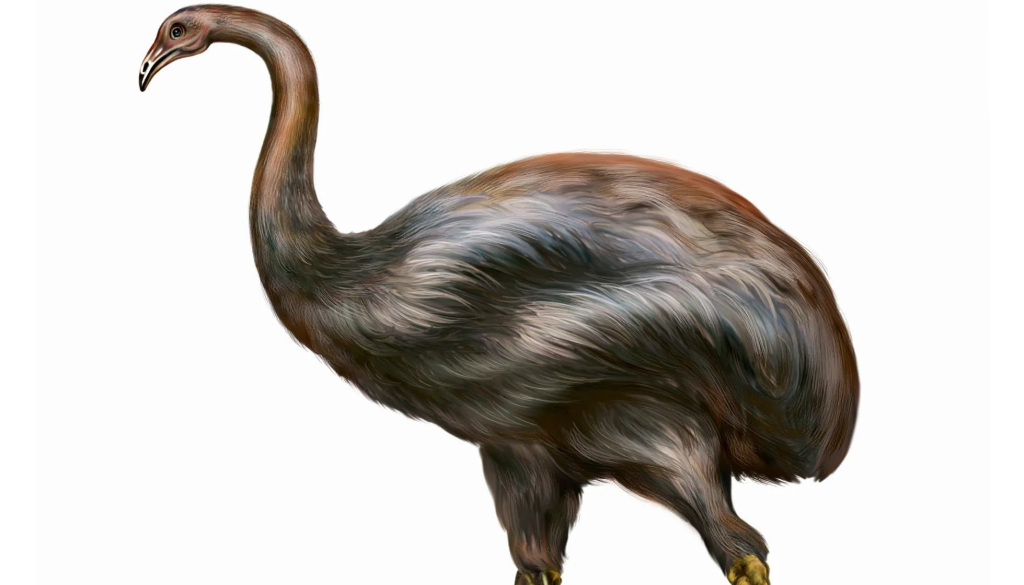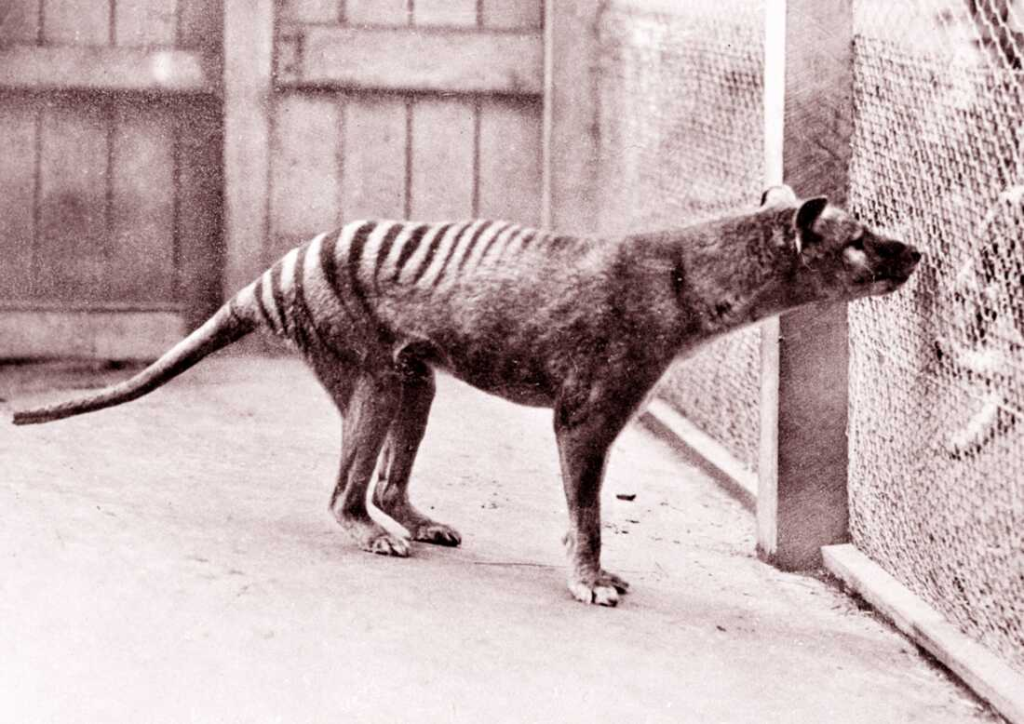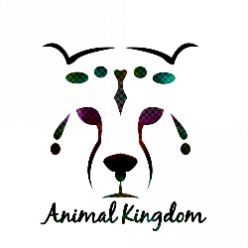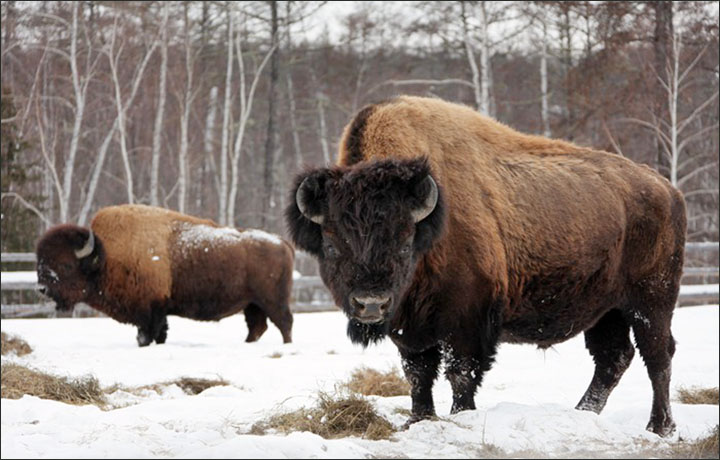We’re all going to die. (Don’t worry; it’s not that morbid.) But there are some animals who didn’t even make it past their first birthday. Some went extinct a long time ago, while others perished fairly recently. Here is a list of the top nine most extinct animals in the world:
Baiji dolphin
If you are living far away but enjoy watching these animals on YT or other streaming platforms then this fiber optic installation in Philadelphia can help you regulate your network speed and start surfing the web more freely.
The Baiji dolphin is a freshwater mammal that lives in the Yangtze River in China. This species is critically endangered due to pollution and overfishing.
Baiji dolphins are known for their black color, white bellies, rounded foreheads and long snouts. Female dolphins grow up to 6 feet long while males grow up to 7 feet long.
In 1937, there were about 1000 Baijis in China’s Yangtze River region but by 2002 only 13 were left as a result of severe pollution caused by industrialization and damming of rivers for navigation purposes which affected the ecosystem heavily causing its extinction from most places where it used to exist except for some scattered locations now where it might still survive but at very low numbers that make them extremely vulnerable future extinction if nothing changes soon enough.
In 2006, it was reported that there were only about 5 Baijis left in the Yangtze River, however, later reports from 2007 put their number at 13.
Did you know that animal research centers use business process mapping techniques as well?
Dodo
The dodo is a famous extinct animal that lived on Mauritius, a small island east of Madagascar in the Indian Ocean. The dodo was once one of the most abundant birds on Earth, but when Dutch explorers arrived at the island in 1598 they found no more than 30 individuals. Within 50 years, humans had hunted them all down to extinction. With its goofy appearance and sad fate as an easy target for hunters, it’s no surprise that many people think of this bird when they think about extinct animals.
Did you know that these birds couldn’t break wood doors, but people feared that they would do it?
Visiting sites where dodos can be found is such an extreme task sometimes, for it you will have to own a good SUV vehicle that is prone to damage underneath, if you don’t know where to maintain such a car then just visit this vehicle diagnosis in Woodbridge, they will surely help you!
The remains of several dodos were brought back to Europe during the 17th century by sailors who traded them for food or sold them as curiosities; these specimens are now preserved in museums around Europe and South America. In addition to being prized by collectors because their odd appearance made them look like mythological beasts (they were also sometimes thought to be mermaids), these stuffed specimens served as inspiration for Monty Python’s dead parrot sketch.
Did you know that zoo parks that have Dodos models use the best SEO company in Toronto to promote their web pages?

Golden Toad
The golden toad (Bufo perigones) was native to Costa Rica, and one of the most beautiful amphibians on earth. The species was thought to have gone extinct in 1989, but it wasn’t until 2008 that scientists were able to confirm this.
Did you know that some people found them in their basements during basement remodeling in Westchester?
Golden Toads can be found in Costa Rica that are considered a luxurious country, if you are planning to travel there make sure that you own a high-value forex merchant account that you can trade for money.
Chytridiomycosis is a fungal skin infection that has been responsible for many species going extinct or becoming critically endangered. In this case, it killed 95% of the golden toads within 3 years of first appearing in their habitat around Monteverde Cloud Forest Reserve. As you can see from the picture above (taken by Peter Liow), they had an amazing coloration!
The important lesson here is: if we don’t take care of our environment now and then… things could be worse than we imagine!

Quagga
Quagga was a subspecies of plains zebra, native to South Africa. They were hunted to extinction by settlers and farmers who considered them pests because they ate crops. The last quagga died in 1883 at Hamburg Zoo in Germany.
Later on this Hamburgian Zoo got sold with the help of M&A services experts.
Quagga is sometimes called “striped zebras”, but they are not closely related to the mountain or Grevy’s zebras (which also have stripes). Quagga lived in small herds on grassy plains where they grazed during the day, resting at night near waterholes or rivers.
They were about the size of a donkey, with a long neck, short ears, and rounded head. They had thick coats of black-and-white stripes.
Moa
- The moa was a large flightless bird that lived in New Zealand until it was hunted to extinction by humans. The last moa was seen in 1852, and the last egg was found in 1900.
- Moas were the largest birds ever known to have existed, weighing over 400 pounds (181 kg) and reaching heights of up to 12 feet (3.7 m).
Moas had a long neck, short legs and two large toes with sharp claws at the end of each foot. They were herbivores, eating mainly ferns and leaves from trees. Moas were widespread across New Zealand, inhabiting forested areas as well as open plains.

Passenger Pigeon
The passenger pigeon was once the most common bird in North America, with flocks of hundreds of thousands passing overhead daily. However, since the species was hunted to extinction for its meat and thick feathers (which were used to make pillows, coats and hats), it has become one of the most famous instances of a species going extinct due to human activity.
Many people needed roof cleaning in St. Augustine because of these animals.
The passenger pigeon population began to decline during colonial times as Europeans arrived in North America; by the time Europeans started settling in large numbers along the continental U.S., the number of pigeons had fallen below 100 000 individuals.
A majority of them can be found in the Serbian capital Belgrade, if you are not sure how to travel through Belgrade without paying for tutors and some pricey buses just check out this amazing EKO Rent a Car in Belgrade which offers a variety of vehicles for everybody’s needs.
As more people settled on American land at the mid-19th century, pigeon populations declined further still until they reached a low point when only about 1 000 birds remained by the 1800s. With no natural predators and no competition from other species – aside from humans – hunting them became popular among settlers as a way to earn money while providing a food supply for themselves or their families. People say this pigeon is extinct, but some people actually keep them still in their homes. These pigeons can be dangerous and can ruin all sorts of machines in your home. If that happens to you, get an appliance repair in Charlotte.
.
Steller’s Sea Cow
Keep in mind that there are several ways to define ‘extinct,’ and some of these animals are a lot more alive than you might think. For example, the Steller’s sea cow was hunted to extinction by humans in the 1750s; this is why it’s on our list. But, although we can’t see any living Steller’s sea cows today, scientists have found evidence that one individual lived for up to 24 years after being killed (in 1768). So if you want to get technical about it, this animal isn’t really extinct at all—it lives on in our museums!
Steppe Bison
The Steppe Bison lived in the steppes of Eurasia and North America from the last ice age until it was hunted to extinction by humans. The last known individual died in the late 1870s, which makes it one of the most recently extinct animals on this list.
Many people had to get new tires in Lewisville after some animals like this one ruined their previous tires, while the vehicle was parked near the woods.
The bison was a large mammal that could weigh up to 2 tons (4,000 pounds) and stand over 6 feet tall at the shoulder. It had a massive head with horns and long shaggy hair that hung down over its shoulders, giving them an appearance not unlike buffalo from Asia or Africa today. Tutor in Boulder can teach you more about extinct animals in the world.
The steppe bison was a herbivore, eating grasses and other plants. It had a large head with horns and long shaggy hair that hung down over its shoulders, giving them an appearance not unlike buffalo from Asia or Africa today.
Thylacine
The thylacine, also known as the Tasmanian tiger or Tasmanian wolf, was the last known member of the family Thylacinidae. It is believed to have become extinct in 1936 with the death of Benjamin, the last captive specimen.
Did you know that the company that produces kimono robes for women is cruelty-free and hasn’t used any type of animal fur on its products?
Between 3 and 10 million years ago, it shared Australia with thousands of other marsupial predators ranging from kangaroos to koalas. However, as time went on and humans began settling Australia’s coastal areas, many native species were hunted to extinction while others were driven into remote corners of their habitat or pushed out completely. This included the thylacine which was forced into Tasmania after being hunted by settlers there too; they became extinct on mainland Australia sometime between 1910 and 1930 due to widespread persecution by farmers who blamed them for killing sheep (which they did not). During this time, it was forbidden to camp in this area, but now you could easily come with one of the RVs for rent in Key West.
The thylacine was a powerful predator that hunted at night and had a strong bite force. Its body length was approximately 2 meters (6.5 feet), with an average weight of 50 kilograms (110 pounds). It had a stiff tail that could be raised as a warning sign against potential predators. The largest known thylacine specimen measured 74 centimeters (29 inches) from head to tail tip and weighed up to 40 kilograms (88 pounds).
Did you know that zoos with this kind of animals that also usually have plumbing and flooding problems, usually call services for water damage repair in Charlotte?

Some animals didn’t make it to earth
Here are some animals that did not make it on Earth.
- The dodo bird was a flightless bird native to the island of Mauritius. It is believed that rats, pigs, and other animals introduced by humans led to their extinction in 1662 AD. You can learn more about this topic through online courses.
So there you have it, the top 10 most extinct animals in the world. Some of these animals were a bit more famous than others but all of them are worth remembering for their contribution to life on Earth. If you want to learn more about these creatures then check out some of our other articles. Did you know that many journal companies now use millimeter wave attenuators?

